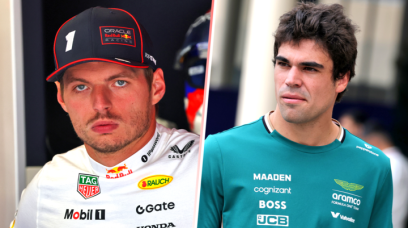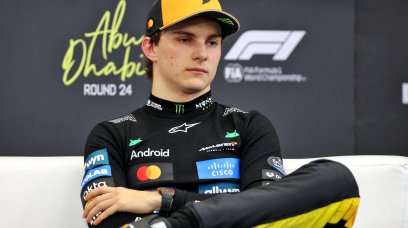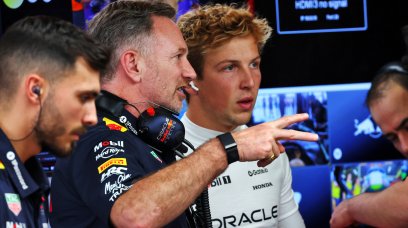The evo package of the SF-24 passed the test on the track in the first two free practice sessions at the Emilia Romagna Grand Prix. Charles Leclerc was fastest in both sessions, whilst also showing excellent race pace.
The team's work programme was to validate the updates, evaluating the correlation between simulation data and real data. Both sessions were characterised by intense gusts of wind with strong variations in direction. The SF-24, even in these conditions, had no hint of dynamic imbalance and seemed to be on track.
Worthy of note is the high traction that the Maranello cars showed when exiting corners - a weak point of the previous version. The positive indications were also corroborated by comparison with rival cars.
The Red Bull RB20, which introduced an evolved floor and front wing this weekend, was imprecise when entering corners in FP1, improving in FP2 but at the expense of speed when exiting corners.
From our information, the Red Bull engineers adopted a rather low downforce set-up in the first session, modifying it in the second, perhaps too much. In practice, the increase in downforce applied to the RB20 resulted in visible slowness when exiting corners.
RacingNews365 has learned that the engineers of the Milton Keynes based team will most likely carry out a back to back test between the previous configuration and the advanced one in FP3.
The objective is to find a compromise between aerodynamic efficiency and traction, above all to reduce the gap from the best, including McLaren, accumulated specifically in the second sector of the Imola Circuit.
A small masterpiece of engineering
In short, on Friday at Imola, if the SF-24 flirted with the air, the RB20 was not in perfect harmony with it. However, in the past, the Milton Keynes team has often been able to turn its Friday fortunes around when it seemed to be in difficulty.
But one thing is clear, Ferrari has introduced profound, but at the same time, non-invasive changes in terms of packaging.
The renovation, or rather the profound modification in terms of management of the air flows, with particular emphasis on the hot air exiting the cooling system, was obtained only through a precise redesign of the internal ducts, without imposing changes to the layout of the cooling system in terms of the position of the radiators and intercoolers.
A small masterpiece of engineering, not just aerodynamics, which made it possible not to upset the excellent dynamic balance of the SF-24.
Also interesting:
In the latest episode of the RacingNews365.com podcast, Ian Parkes, Samuel Coop and Nick Golding look ahead at this weekend's Emilia Romagna Grand Prix. The trio discuss last season's cancelled race at Imola, whether McLaren's Miami pace is genuine and if Mercedes teenage sensation Andrea Kimi Antonelli will make his debut before he turns 18.
Want to watch the podcast instead of just listening? Check it out here.
Don't miss out on any of the Formula 1 action thanks to this handy 2026 F1 calendar that can be easily loaded into your smartphone or PC.
Download the calenderMost read













Join the conversation!